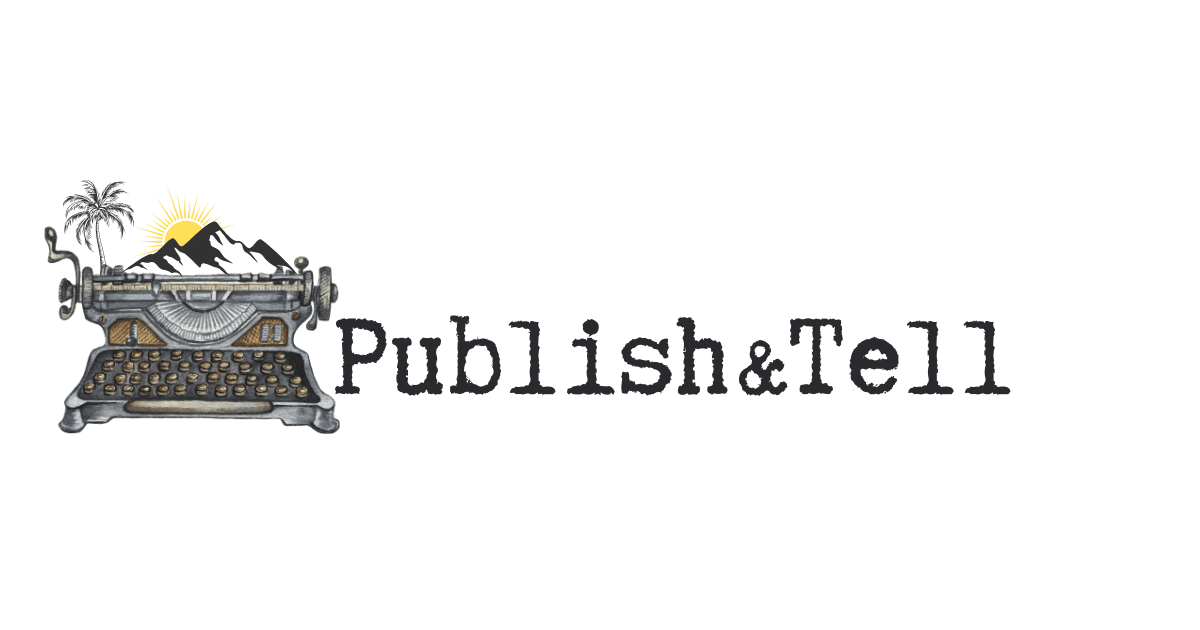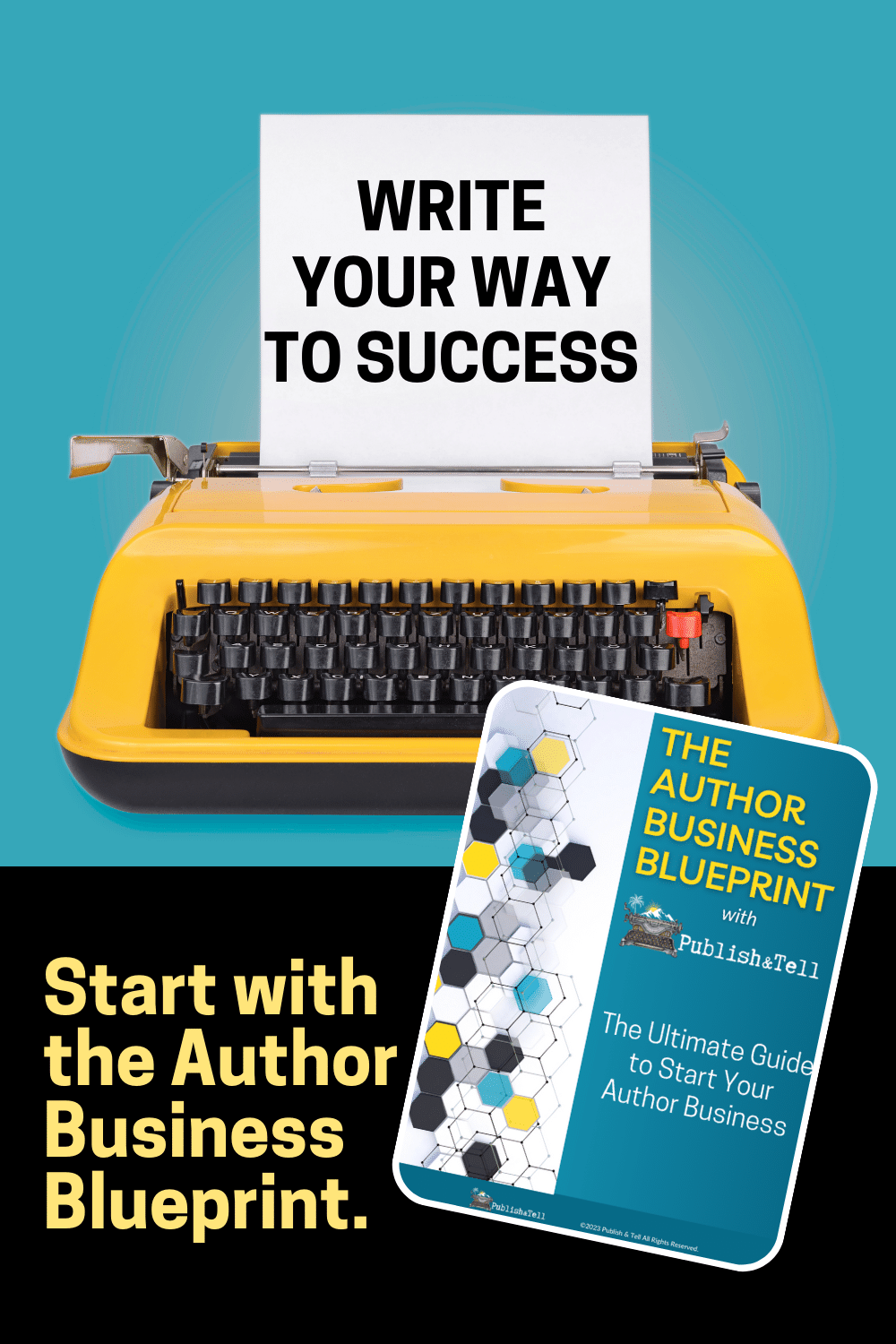As authors, we have to connect with our readers. Unless you are traditionally published to an existing audience, you need to utilize a few tech pieces to engage your readers. We understand as a writer, tech isn’t likely what you signed on for. Tech holds a great deal of writers from their full potential, but it doesn’t have to. Here are the four areas I recommend new authors should focus on.
1. Socials
It’s not enough to be on every social media platform. You need to be on the right ones—the one or two where your readers are most active. If you write business books, LinkedIn is the platform for you. If you are writing science fiction, TikTok may be your best bet. The key is knowing your audience and where they are active. I’ve said it before and will say it again, you don’t need to be active on all social media platforms, but you should have a profile that directs readers to the platform you are most active on. Creating a profile on the most prominent social media channels can help readers tag you and promote you—with very little work from you. Keep those profiles up to date (I recommend refreshing quarterly) and focus daily on the platforms that matter for your business.
The next question I hear is, “What do I post for my author business?” I suggest you start by taking note of the kind of social posts that interest you. Do you like funny posts? Educational posts? What prompts you to like, comment, or share? What prompts you to click on a link? Spend thirty minutes scrolling through your ideal platform and literally take notes. Was it the images? The words? The anticipation or fear of missing out? Did you share because the post "spoke your language?”
2. CRM/Email Automation
You probably expected a website to be next on the list. While it is on the list, it is not top of the list for an author just starting. More important, is to build your email list! But you do need a landing page to do this. You can actually do this without building a website if you use the right email automation and client relationship management (CRM) software. Most of these softwares have the functionality that you need as an author.
Building your email list via a professional landing page (created with your CRM or on your website) is imperative to connecting with your readers and building an author business.
Having an email list provides you with a personal connection point with your readers. It’s not the same as posting on social media and hoping the algorithm shows your post in their feeds. It is a direct link to your reader. With that, use it wisely and don’t abuse the privilege.
At Publish & Tell, I use MailChimp for my email automation and Subbly for my CRM. It, along with other options on the market, allows you to segment your audience based on purchases, opt-ins, email clicks, and more. This matters! No reader wants to keep getting the same emails from you trying to sell them a book they already purchased.
3. Website
Depending on what you intend to do with your book, and if your desire is to build an author business or not, I highly recommend a professional website. Professional doesn’t have to mean expensive. If you are tech-savvy, you can easily set up a website in a matter of minutes with Squarespace. Both Publishandtell.com and BrendaHaire.com are built on Squarespace.
I’ve tried other software in the past and even built my first website from scratch back in 2003. I’ve learned over the years that I want simple easy-to-use tools that I can manage on my own if I choose to. With that, you don’t have to build or manage your site, but I cannot emphasize enough that you keep control and access. Don’t allow someone else to “lock” you out of what you’ve paid to have built. I’ve seen this time and time again. It’s not a fun place to be as a business owner—an outdated website because you can’t easily access it to make the changes and the “builder” wants ridiculous fees to make one simple change. Instead, opt for user-friendly software; even if you outsource the initial site setup, you should always have access. If you need to hire out, I offer this service for authors. Included in the fee is a tutorial on how to access your pages on the backend so you can make updates yourself down the road.
4. Payment Processing Software
This one can sneak up on unprepared authors. You’re all set for your big launch party and suddenly realize you have no way to collect payments for the books you’re going to sell that evening. Be prepared! Choose a payment processing software early. Order your card reader well in advance of when you need it. Set up your account with all the products you will sell during your in-person event. Be sure to include any book bundles, or promotional items, and don’t neglect to include any applicable taxes. Then conduct a practice sale. I recommend setting up a product for $.25 and running the sale all the way through. This way you’ll experience what your reader will experience during and after purchase. Be sure to demonstrate to your team or assistant how to use the software. This will allow them to be prepared to support you at your live event.
As an author, your main goal is to get your book into the hands of the right readers. To do this, these four tech pieces, while they may seem overwhelming, are the lifeblood of your author business. If you have more in-depth questions or need additional support, join the Publish & Tell Coaching Community where I coach through these tools and help authors build their dream businesses.





